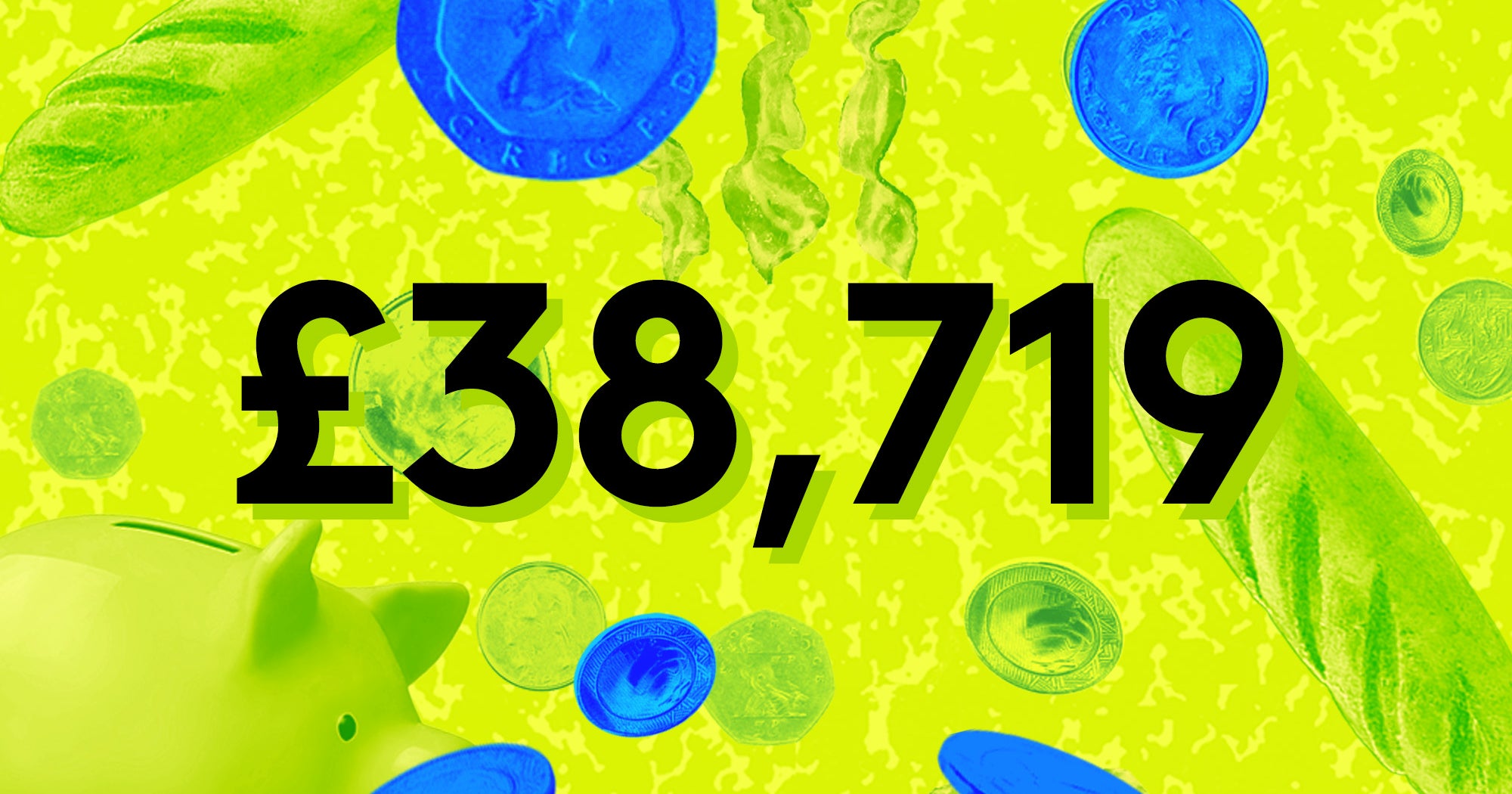If you’re the kind of person who finishes a jar of pickles and finds yourself tipping it to sip the last of the juice, kanji is the drink you didn’t know you were waiting for. Popular throughout India, it’s like a brine you can drink by the glassful: fiery, sour, and the same deep purple as Barney the Dinosaur or the name of a legendary rock band.
Kanji, which shares a name with the fermented rice dish, dates back to the Indus Valley Civilization between 3300 and 1300 BCE, is a seasonal drink in India, where it appears only for a few weeks each year as spring leans into summer, when the sun is warm enough to coax a ferment but winter vegetables like black carrots and beets haven’t yet disappeared from the markets. Made with carrots, beets, crushed mustard seeds, pink salt, and sometimes a whisper of pungent chaat masala, kanji is what you get when a pickle becomes a cooler. Electrolyte-rich and teeming with gut-friendly bacteria, it’s as energizing as it is tart. Another way to think of it is like homemade Gatorade, if Gatorade had soul.
When I was growing up in India, kanji was one of those drinks that arrived without ceremony but marked time. It meant spring was giving way to summer; the season of ferments had begun. A cousin would bring a bottle over. An aunt would drop off a batch. In certain neighborhoods, “kanji aunties” sold their homemade versions in reused glass bottles and jars of all sizes.
I remember my first sip of kanji clearly. I hated it. The mustard hit like a slap. I panicked as my mouth turned an alarming purple while my mother laughed, unfazed. It was not the taste of childhood treats, not mangoes or candy—this was an adult flavor, as unapologetic as raw garlic or blue cheese. Years later, when I tried to explain kombucha to my mother, she shrugged. “Oh,” she said, “so it’s fancy kanji with tea?”
But unlike kombucha, which requires a SCOBY (Symbiotic Culture of Bacteria and Yeast), thick and strange like a jellyfish pressed between glass, kanji ferments with what’s already there. No starter, no cellulose mat, no mother. Just water, salt, and time. In kombucha, the SCOBY feeds on sugar in the tea, converting it into acids, carbon dioxide, and a trace amount of alcohol through a careful choreography of yeast and lactic acid bacteria. Kanji does this too, in its own unruly way: the sugars from carrots and beets become food for wild microbes, and the crushed, antimicrobial mustard seeds help shape the flavor, keeping the funk clean, not rotten.
In Delhi this March, I drank it by the glassful. The beets painted my lips a gothic red, the mustard warmed the back of my throat, and the drink’s brightness spoiled me for soda. After five days fermenting in the sun, kanji comes to life, animated with the memory of heat. I wondered why I’d spent so much money on Kombucha over the years and never tried making kanji instead.
The process is simple. In India, black carrots are traditional, their color a deep, bruised purple, but I used a mix of purple beets and orange carrots since they’re easier to find. I peeled and cut them into batons and dropped them into a sterilized, half-gallon Mason glass jar. Next, I crushed two tablespoons of mustard seeds until they bloomed yellow under the pestle, and stirred them into the jar with three tablespoons of pink salt and two teaspoons each of chaat masala and red chile powder. I topped the jar with eight cups of room temperature water, sealed the lid, and left it on the windowsill to catch the spring light. (If you’re not sure that the glass container you’re using is airtight, secure it with a cheesecloth tied around the rim with a rubber band.)
At first, nothing happened. But then, as the days passed, the jar came alive with bubbles that floated to the lid. It’s not like a controlled fermentation with a starter, but a feral one guided more by the right microbial conditions and sunlight. In warmer months, the process can take as little as two days; during the winter, it can take up to a week.
On the fifth day, I heard a pop from another room, the lid buckling from the pressure. I cracked it open slowly, letting the gas escape in short bursts. The drink smelled sharp and earthy and tasted sour rather than just salty, meaning that fermentation had occurred.
Once the kanji is fermented, you can leave the pickled vegetables in the jar, letting them tumble into each glass like a chaser, or strain them out, which is less traditional, but tidier. I save the pickled beets and carrots for sandwiches, grain bowls, anything that could use a slap of brightness.
Served ice-cold, kanji is a revelation. I like to rim the glass with chaat masala and salt (Tajín works in a pinch) and dilute the drink with seltzer and lemon juice. Sometimes, I add a glug of gin or vodka. Other times, I freeze it into ice pops whose color stains tongues and napkins.
But even in its simplest form, kanji is enough. A marvel of sunlight and time. You don’t forget your first glass of kanji — and by your second, you’re already waiting for spring to come around again.
















